Description
Renowned running coach Budd Coates presents Runner’s World Running on Air, a revolutionary yet simple training method based on rhythmic breathing to help runners at all experience levels improve their performance, prevent injury, and experience the joy of running. Validating his method through a mix of accessible science, Eastern philosophy, and the experiences of test subjects, Coates shows readers how focusing on their breathing brings their minds and bodies into harmony and helps them run stronger, faster, and more comfortably.
Rhythmic breathing increases lung volume; improves awareness and control; helps prevent injury and side stitches; improves running for those with asthma; allows runners to quickly set a pace for quality training and racing; and helps athletes manage muscle cramps. This book reviews the basics of rhythmic breathing, teaching readers how to perform it while walking and, eventually, while running. Weeklong sample schedules from different programs shows readers how to apply the rhythmic breathing scale to any workout. Coates also touches on the importance of stretching, cross-training, and core training and provides detailed training plans and schedules.
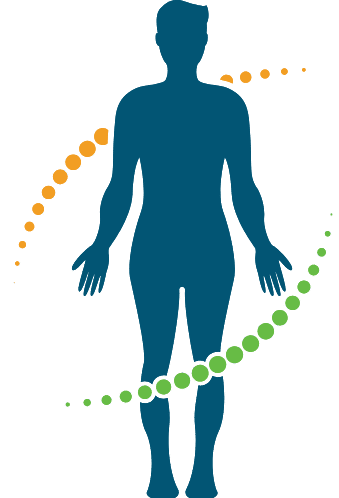
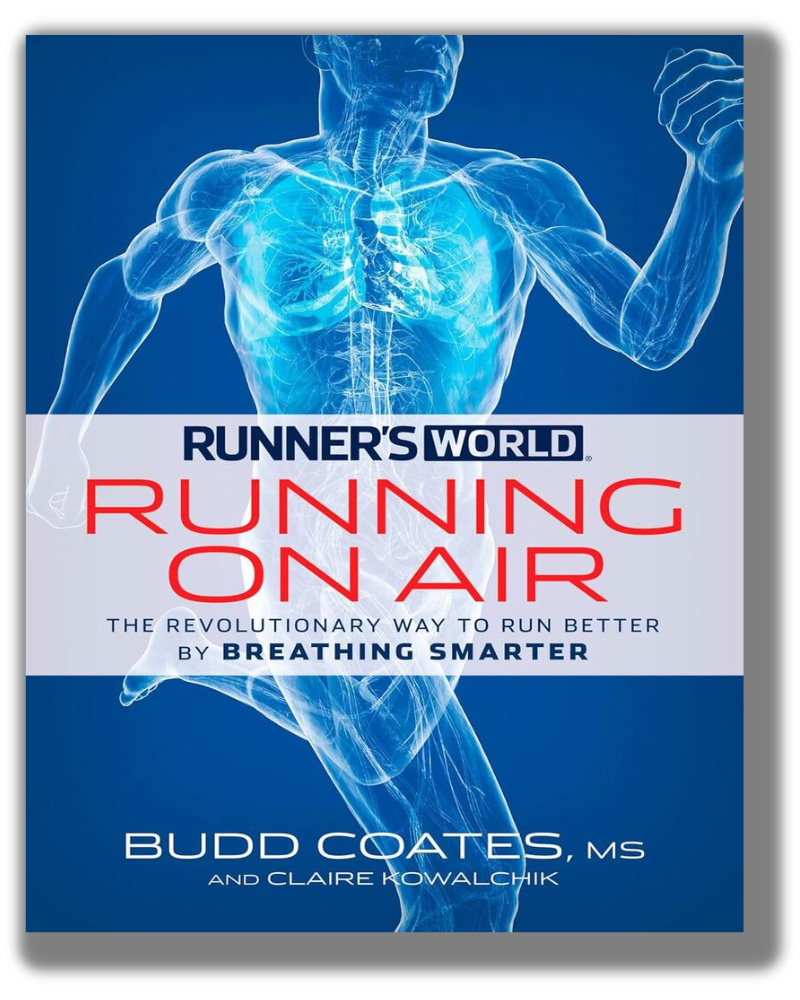
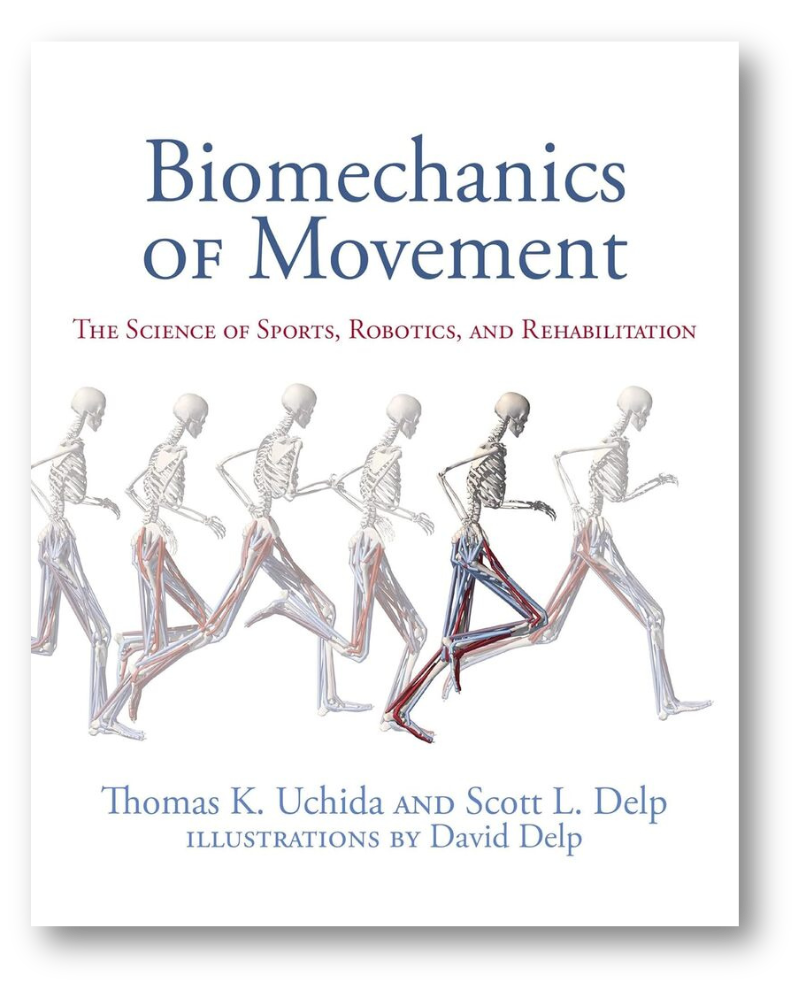
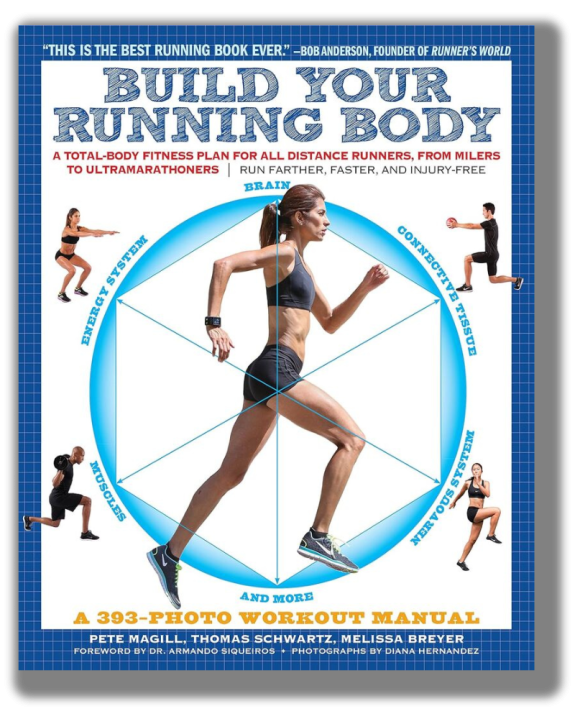
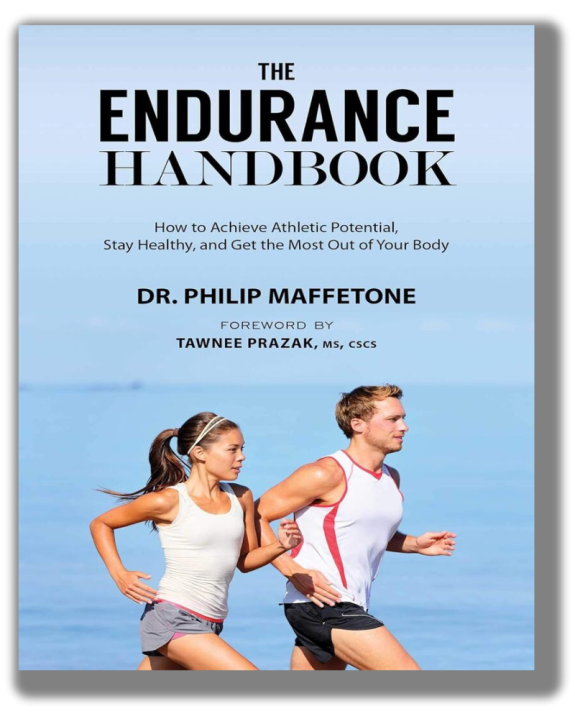
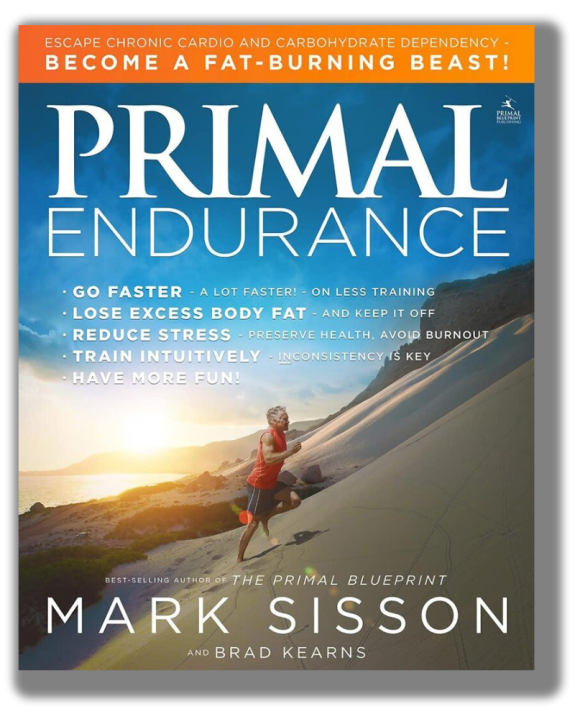
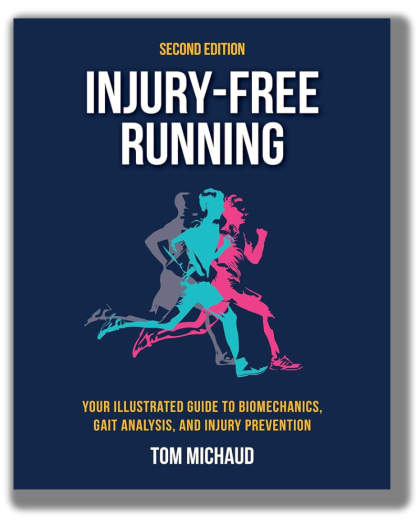
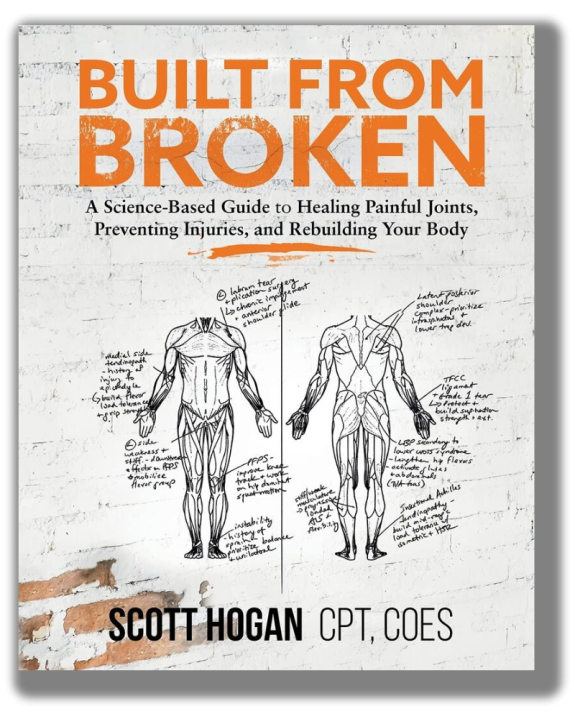
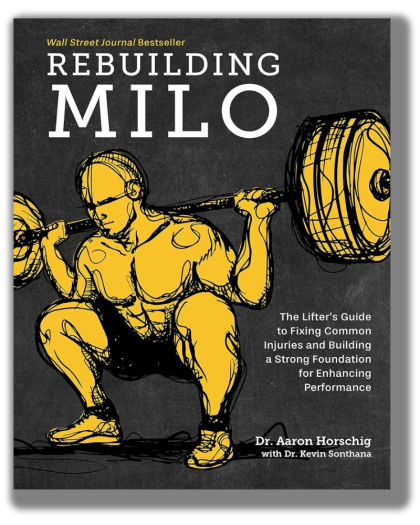

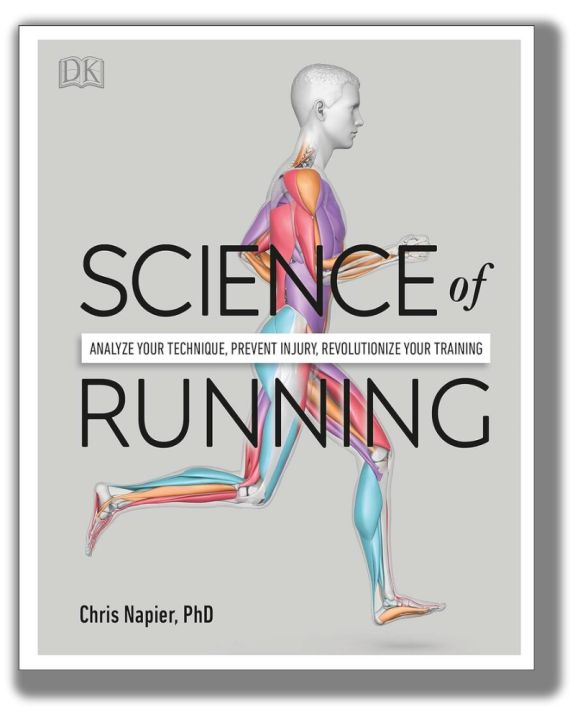
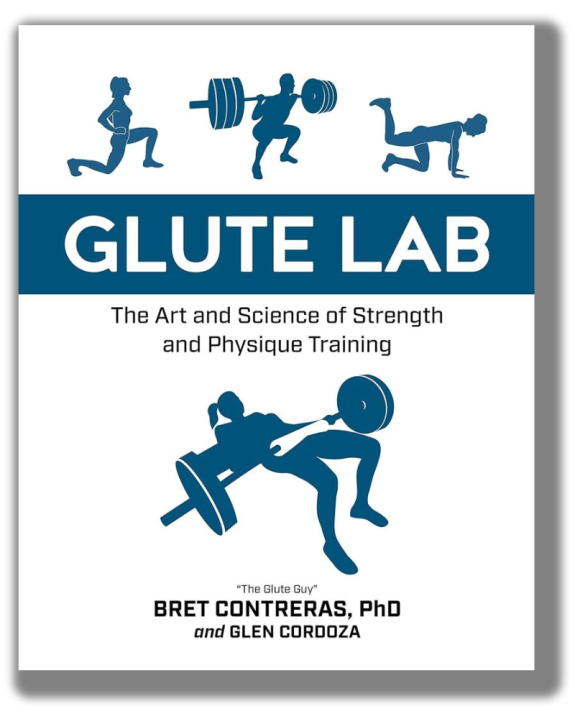
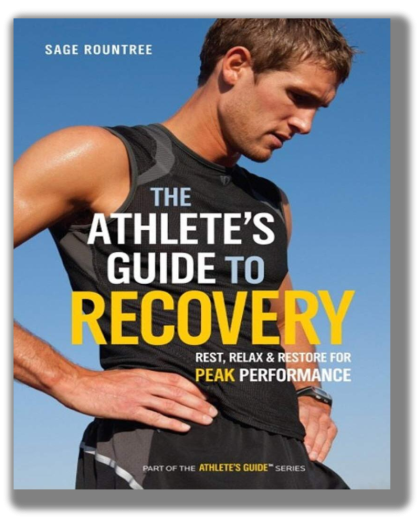
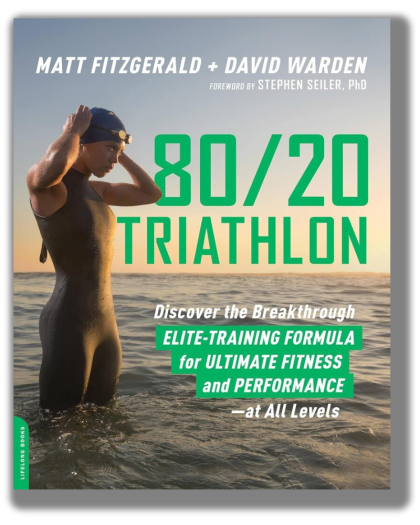
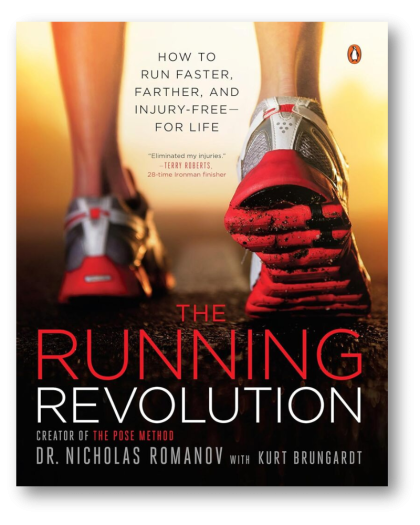
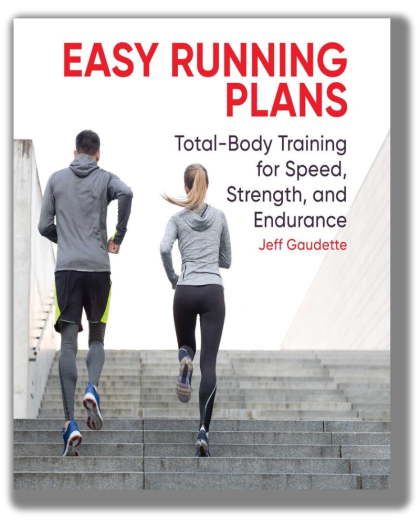
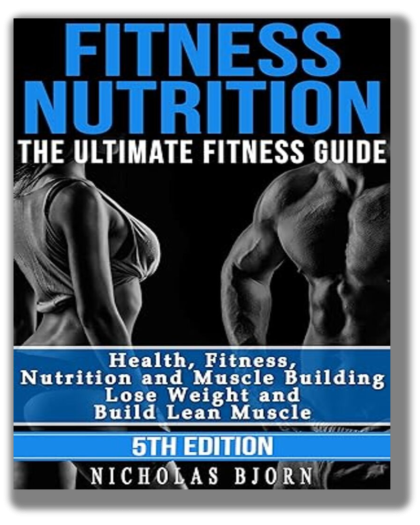
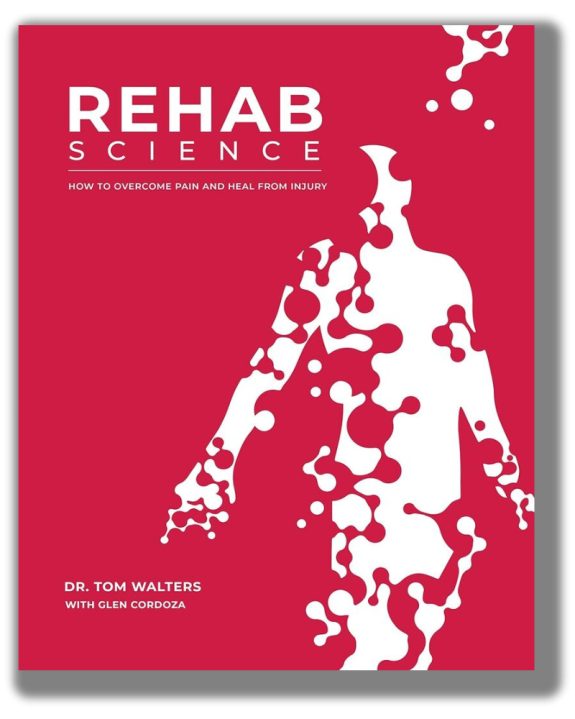
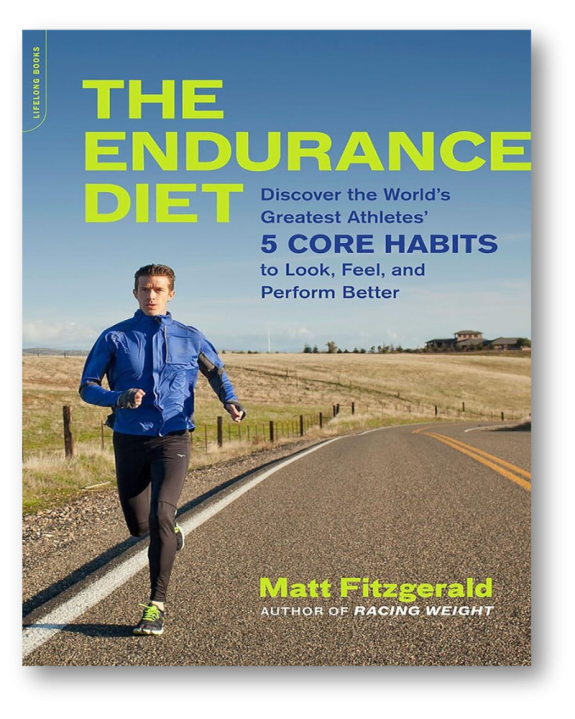
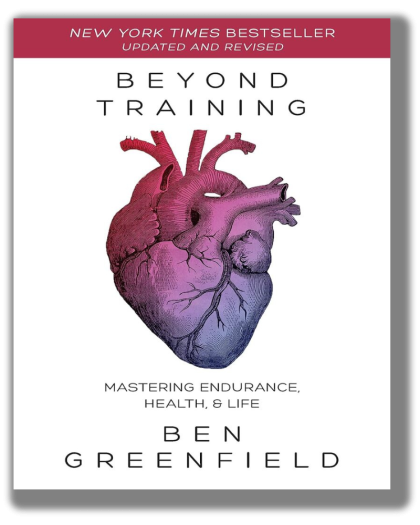
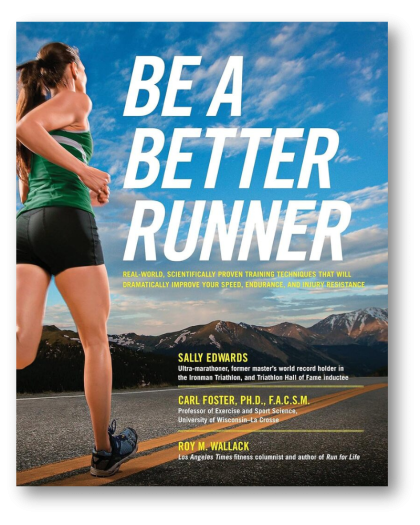
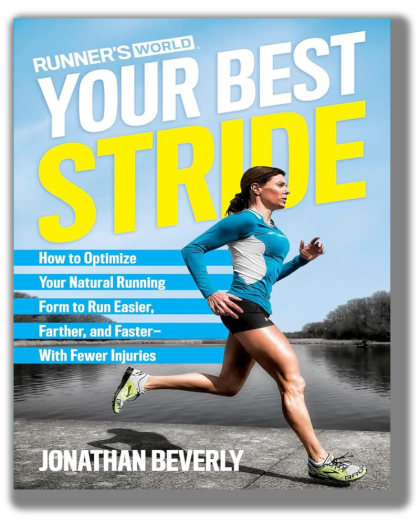
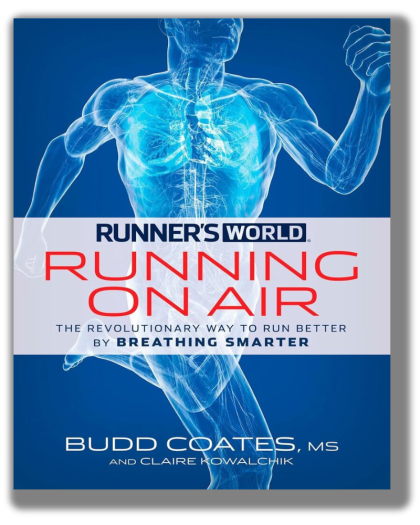
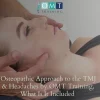
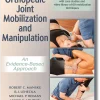

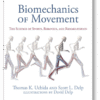
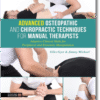
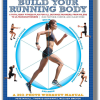
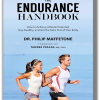
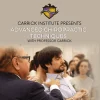
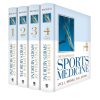
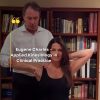
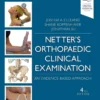
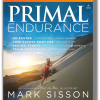
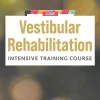
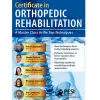
RBNC (verified owner) –
As a competitive runner and a coach of beginning runners, I have benefitted from many sources of information about running form and preventing injuries. However, I’ve also felt that some pieces of the puzzle were missing from existing publications and seminars. I think that “Anatomy for Runners” is a significant addition to the existing books and articles on healthy, efficient, and fast running.
I found this book to be a great combination of science and practical application! In writing the book, Jay Dicharry draws from his experience as a physical therapist, biomechanics specialist, and formerly-injured runner to provide a toolbox of self-assessments, corrective exercises, and explanations. I think that reading this book would be an excellent choice for runners who have frequent injuries. It would also be beneficial for those who are now healthy but want to reduce their likelihood of getting injured while training hard.
In my opinion, the title of this book doesn’t fully describe all that the book offers. While “Anatomy for Runners” certainly includes detailed information about the structure and function of the body, it goes way beyond that. Furthermore, the book is both interesting and understandable (not at all like a boring textbook). Here is my one-sentence summary of what the book is about: How to develop healthy movement patterns and improve your body’s strength and mobility so that you can run with more efficiency and less risk of injury.
I learned a lot from this book and would highly recommend it!
Jenny (verified owner) –
This book takes you through the science of what your body is doing and what it is going through when running. I tore my hamstring a few years ago when running. I retear it every year after I start my running back. This book actually explained my condition and it went through the steps of WHY I keep retearing the same spot. It is taking me through the process of stregthening the area that tears so it will be much more difficult to tear next time. I will be out running again in no time! Hopefully this time injury free by following the book’s steps. I LOVE this book!
bdodson (verified owner) –
The best science and practicality without any spin. The author’s experience and expertise becomes vivid through the way he describes complex biomechanics, properties of tissue healing, and neuromuscular adaptation through simplistic analogies. As a physical therapist with an intense interest in running injury prevention/treatment and improved running efficiency, this book is a must have. I would argue that this book is a must have even for the therapist who doesn’t work with runners, but wants to learn how tissues in the body respond to mechanical stress and effective techniques to restore optimal mobility and stability and soft tissue function. The final 2 chapters of the book provide the reader with easy, effective self assessments and corrective exercises. Take home message from the book is that runners and coaches focus too much on the engine, but it’s the chasis that breaks down and leads to injury and leaks in performance. Currently using this book as a soft blueprint for establishing a running specific biomechanics assessment program.
Howard Elakman (verified owner) –
The book is well written by a person with experience. Very detailed description of what the human anatomy is and what you should know to be a runner that avoids injury. A basic book about running written so that all can understand what goes on within your body when you run. If you run at all you must be an athlete first, strengthen your body and understand what happens to your body while you run. While stressing form the author tells you what you must do to correct your form and why you must do that. One of the better books that i have read, and I do read many books about running. As a certified running coach that has been running for over 40 years, I still am interested in learning more. This book will be a reference for me for a long time.
SRKCNU (verified owner) –
This is a very thorough and well stated explanation of common running related injuries. This book helps runners maintain a balanced approach to avoid common training related injuries, as well as, inform those who are perplexed about lingering soreness.
Ali Gonzalez (verified owner) –
Perhaps a little over-technical for the recreational runner like myself, however I’m just nerdy enough to enjoy it. Very well-rounded approach with tons of reasons why you should keep running and how to avoid injury.
Brrit (verified owner) –
Excellent book!
Having been on the running-injured-rest cycle for a couple of years now, Dicharry helped me to understand why this was happening and how to stop the cycle. If you are struggling with nagging injuries, this book could help you strengthen your body to prevent future pain and/or injury.
While some parts of the book are pretty detailed, it serves to build to create a solid foundation for understanding your bodies “weak points”. There is a great chapter with simple tests testing your abilities. With these assessments, you can begin to build up your body.
The biggest take away for me: rest doesn’t solve a weak or damaged muscle group. I’ve always been told to take a break when the pain begins, but that isn’t going to fix a weak glute or hamstring. Dicharry gives you the tools and exercises to repair and rebuild whatever weakness you have.
Couldn’t recommend this book more.
J. Moczygemba (verified owner) –
I bought this as a gift for my boyfriend. We are both runners, but he is very injury prone. After reading the intro, I decided to purchase. Every time I talk to my boyfriend now he is telling me something new he read and how much he likes it. He says the book is different from many magazines and internet articles because it doesn’t offer a one-size-fits-all solution for everyone. It lists options and describes why some exercises that you may have thought were good for building strength are actually hurting you. I’m supposed to read it when he finishes, so I will update my review accordingly.
K. Aziz (verified owner) –
I really like this book. I am not particularly fond of his writing style but the exercises have been really good and its great to know what exactly they help with.
I bought this to improve my running and to get stronger. I have been using it since January and it certainly has helped. I have enjoyed the workouts and they have been very tough but its great when you start making more progress – particularly with the core/balance exercises on the ball.
Besides not liking the writing style, I really wish that this book was easier to keep open on the pages I need. I like to keep it open on the exercises and go through them one by one (and no I can’t remember them even after 3 months – If I do it without the book I tend to forget something :D) but its not easy to do with this book.
Overall though great book – I would recommend it to anyone. It also helped confirm for me that what I was doing (in terms of stretching/massaging out a tight ankle) was actually the right thing to do and since doing the exercises and being regular with a stretching routine I have had no further tightness in my ankle. Prevention is always better!
M Stojanova (verified owner) –
This is a great book about biomechanics and uses really easy to understand examples to get the reader to understand the “magic” behind running. I like the fact that he stresses that running is a skill and that doing more miles doesn’t always equate to perfecting that.
There are plenty of exercises and “tests” to do which are very useful, especially if you are in the 80% of runners that get injured. I’ve been having ITB problems and ankle problems and most of what is in the book in terms of rehabilitation, monitoring, adjusting and strengthening has been given to me by the physio. As I want to usually know more what’s behind the recommendations, I found this book very useful.
The writing style is an acquired taste. Sometimes waffles on too much, and tries to be too cute for my taste, but I can understand that without that this book might be percieved as too “boring”. So if you’re alergic to his sense of humour (which becomes apparent by page 10), then I still encourage you to read through the important stuff as it’s quite informative.
Content wise, it’s 5 stars as it amalgamates several disciplines into one book; gets 1 star deduction for the “sense of humour”.
fool4gold (verified owner) –
Want to be a stronger, better, happier, faster runner? That might be a little optimistic, but this book is as close to the holy grail of running mechanics as anything else that I have found. The self-assessment tests presented in Chapter 9 are enlightening and worth the read on their own. These are followed by exercises to correct any flaws in mechanics revealed by the self-assessment tests. After the inherent wisdom of this approach is revealed, you will feel compelled to read the preceding eight chapters to better understand the logic behind the approach. Combine this with compatible exercise videos from the Natural Running Center and you will have a souped up chassis on which to mount your aerobic motor.
Snappy (verified owner) –
I was really looking for a book that incorporated real lifting into a running program. This book has the usual basic bodyweight exercises. Plus, it’s pretty technical. Seems like more of a textbook for a trainer than anything I can reference.
Mike L. (verified owner) –
This book was recommended to me by my physical therapist. I am a dedicated runner who was suffering from some Achilles pain and a heel spur. I found this book, although very detailed, also very accessible even though I have no previous medical or anatomy training. I definitely learned more about my body and how it works related to running. One of the exercises also helped me get past my Achilles pain. I recommend this book to any runner who wants to have a deeper understanding of how it all works together.
B. Wegman (verified owner) –
This book is full of practical ideas and helpful exercises. It will challenge many of the assumptions and “best practices” that the running world has adopted over the years, and back up those challenges with hard data and logical explanations. The author describes complex scientific concepts using easy to understand explanations, so you don’t have to be a doctor to understand what he’s talking about.
His approach and opinions are very moderate. You won’t find a die-hard minimalist or “maximalist” approach here-just lots of good information and ideas based on research. I appreciate the conservative views he has regarding surgery, orthotics, complete rest, and other aggressive forms of treatment. Chances are, if you have taken (or are considering) some of these measures, this book will help you find a way to avoid them.
I have been doing the exercises for the past month and have begun to notice improvements in my form and efficiency already. If you have the patience and discipline to follow through, I can’t see how you wouldn’t get any results. This was a far better (and cheaper) investment than another pair of shoes!
magnus axelsson (verified owner) –
As an avid reader of running related books this one really stands out.
To be able to tap into the mind of a true specialist n the field and expert guidance to what really matters is very interesting and educational. Born to run is a great read but this is real science.
The self test section is brilliant and i truly believe I can now look forward to a less injury ridden running career.
Kristin Mikula (verified owner) –
This book gives detailed explanations of the causes of injury and what to do about them. Sometimes the wording is quite technical particularly if you are not a PT or doctor.
Lazelle (verified owner) –
Very informative. Hands on tips to improve running performance. Author is extremely knowledgeable. Its a captivating read for anyone that ever struggled with injuries or just wants to improve performance.
Dennis B. H. Ang (verified owner) –
This book is one of best books I have read so far for runners who want to stay fit and healthy. It separates out the myth from the science with sensible advice for runners. The portion that I keep using is the series of assessments and exercises to mitigate my physiological weakness. I agree with other readers that the book could use a better index and cross reference tables between the assessments and the associated exercises to address the weaknesses.
E. Knudson (verified owner) –
I thought was going to be a yawnfest, to be honest – so far, I’ve only read about a third of the book, but so far I have read a few things that are worth mention.
1 – Running is a skill. It takes time to learn the proper movements and additional exercises that help keep us balanced as we develop our running performance. You’ve probably heard many stories where long-time runners have IT band issues and do cross-training or weight lifting. The author explains the reasoning behind this and make some general recommendations on how to correct it – not quite a training program, but I believe he provides enough information for you to identify your own weaknesses.
2 – when you are injured, don’t JUST rest – I didn’t realize this was as important as he makes it sound. Over enough time of pure rest, your body will decondition and you may actually be weaker than when you began training when the pain finally subsides. Dicharry talks about F.I.T. (Frequency, Intensity & Time or Duration) and uses it to discuss rehabilitation. The F.I.T. of your rehab exercises should be enough to improve your strength/healing, but not enough to impair your recovery.
3- The author also discusses some of the problems with today’s shoes: excessive motion control, padding, heel height & the narrow toe box in some of today’s shoes. While I am not qualified to make a shoe recommendation, the main message I got from the section on modern shoes is overdependence on these features results in underdevelopment of the supporting muscles and nervous system (specifically the proprioceptive feedback loop – he asks something like this: ‘imagine tying your shoes. easy, right? now tie 50 marshmallows to your hands and tie your shoes – much harder, right? same thing happens with a lot of padding – it masks sensation of the road and breaks the feedback loop).
You should really read this book, he has a good style, tries to crack a joke here and there and really appears to speak from authority.
Happy Runner! (verified owner) –
If you really want to run your best and stay away from injuries, this is a must have! Jay teaches the reader to focus on the causes rather than the symptoms, with the causes often starting higher up in the chain and the result of instability or lack of flexibility. He debunks much of the current emphasis on stretching and shows you the true exercises that make a difference now and for later life. In a short time has made a big difference in my running but also in how I approach conditioning my body. Great book!
Grant Fourie (verified owner) –
Is amazes me that one can be better at something you thought came naturally to a human. Lots of tips and exercises to reformat the mind. Read it 10 times!!
Todd Wichman (verified owner) –
As a runner and a sports medicine physician, I thought I myself well tuned. After several bouts of increasing knee and hip pain, I knew I was wrong. This book was recommended to me by a fellow runner (who is also a physical therapist). The title is somewhat misleading, as he covers not just anatomy, but physiology, kinesiology, testing, and correcting form and strength issues, all in a way that is easy to understand and flows together well.
If you are a runner, especially longer distances, and you have pain, get this book. If you do not have pain (not yet), get it anyway to protect your body further down the line.
Enjoy and happy trails!
Bruce Kelly (verified owner) –
This book should be in every runner’s library as some 2/3 of all runners are injured during the course of a year. They may find some solutions to their underlying movement dysfunctions that cause their pain instead of just treating the symptoms and not getting any resolution to their issues.
Robert Nanes (verified owner) –
As a life long runner it gave me new insights to improve my efforts. What a mysterious blessing the human body is!
sam (verified owner) –
After seeing Jay in person and having him work an absolute miracle on my post-surgical spine I had to get his book, just to check it out. He treats in the same “voice” as he wrote the book. I never imagined that an anatomy book would be a page-turner, but this one is. The way he lays everything on the table in a simple way that everyone can understand is no doubt an unbelievable skill. For anyone who has struggled with injury and had an even harder time sorting through all of the conflicting information of how to treat it, this book will provide you with the foundation to make smart decisions, and more than likely it will give you the skill-set to fix yourself.
I have been recommending this book to everyone and I highly recommend it to you, injured or not!
Mr C. A. Sherwood (verified owner) –
I’ve read a lot about running and developed my fitness along the way. This book has provided some insight into where I may have flaws in running technique, or biomechanical imbalances and the means to correct them. Watch out Berlin marathon, here I come !!!
Robin Bartlett (verified owner) –
A great read.It made me think about how I come back from injury and how to prevent getting injured in the first place.
Karen (verified owner) –
I did not do with this book what I normally do with books of its kind – skip straight to the exercises. I’m glad I broke with tradition. This book is packed with specific, scientific information about anatomy and the integration of the muscles, tendons, and nerves to create movement. (I’m sending a copy to my daughter, who is an exercise science major). This book dovetails nicely with the work I do with my yoga instructor, who incorporates body balance and structural integration into her classes. Everything does interrelate, and this book demonstrates how.
The tests for deficiencies which affect running we’re simple to do and interpret, as were the exercises necessary to correct them. Whether this book helps depends on how willing you are to follow the protocol – it’s not for lightweights in terms if time commitment, as it needs about a half and hour a day. My only criticism of this book is that it’s unclear how you know when you’re ready to move from phase 1 to phase 2, and when to incorporate some of the other advanced exercises into your routine. The author says you’ll know, but I’m concerned most people won’t. I’m not downgrading it for that, as everyone is different and it’s probably difficult to have a definitive measure to progress. Still, some benchmark would have been helpful. All in all, however, an excellent book that every runner should own.
C (verified owner) –
I have been looking for a book like this for a long time. For the last few years my racing has plateaued or I get injured right before a race. This book has helped me pin point my weaknesses that are holding me back and teaches how to correct problems with my feet and lower legs that have lead to injuries in the past. Also it helps remind me about proper posture and fun exercises to learn coordination skills and to gain the strength to improve my running economy.
Karen (verified owner) –
This is such a great book. I do not love the random pictures throughout which try to apply the concepts to completely different situations, however the rest is fabulous. Great photos of this woman on the cover to show postures clearly. Excellent info on how to avoid injury and then how to recover from. Ideas on tissue flossing. Strengthening exercises. Easy to read and comprehend. The binding makes it easy to hold open. The weight is good, not too heavy like some running books that are too much. Really among the top I own and I have a ton.
Lee & Debbie (verified owner) –
Great road map if you are an injured runner or just wanting to be the best runner you can be. I work at a runner specialty shop and you would be surprised at the stories of how non running doctors like to try and “heal” their patients. Most of the time it’s a scar tissue build up from over use that throw you out of balance and causes over compensation. This book takes you step by step through the process of finding your weaknesses and fixing them. Runner’s for the most part, would rather run than do preventative maintenance workouts. But when done you will be on the road or trail longer and with less injuries.
JMild (verified owner) –
In my constant pursuit of good running resources, research, training methods, etc… I came across this book by Jay Dicharry and decided to give it a chance. This is an excellent read for the science behind the body, basic tests anyone can perform on themselves and most importantly, corrective measures you can take to ensure quality gait and stride while running. I’ve recommended this book to everyone I meet in the running community. Whether in great physical shape with ease of movement while running or just feeling the aches and pains the body can go through when running it is a good resource for all runners.
Scott Wilson (verified owner) –
Good info, but a little long in the intro sections. Exercises are well explained and illustrated, and author’s idea are spot on.
Vanessa L Arnold (verified owner) –
Interesting book, and easy to read. Would be good for a runner, or for those of us who work in the Podiatry/Physio areas.
featherk28 (verified owner) –
Good read. Provides knowledge to the average runner on how the various areas of the body function.
Julio (verified owner) –
Aunque esté en inglés el lenguaje es entendible y las fotografías muy ilustrativas para realizar los ejercicios que nos proponen.
John B. Ardron (verified owner) –
Good book not a lot I didn’t know but put the necessary meat on the bones to help me understand why I was doing certain exercises.
Would recommend it.
cyberfinger (verified owner) –
The material is quite technical, but I found I found the substance compelling enough to invest an hour each day to overhaul my running style. I am in my mid-forties. At work I sit in a chair. Athletically I compete for fun and for fitness. I restarted long distance triathlon this last year. I just started to break a sub-twenty minute 5K in training, when I pulled a calf muscle. The first injury to stop me from training in a long time. So I picked up this book.
I am lucky that I did. There is too much information to summarize here, but the experience of reading it was like getting invited into an Olympic Running Team’s private training sessions. After two weeks of working on a selection of the drills, of course my injury is fully healed, but mainly I am so much more aware of how crooked I am in both running and everyday life. It’s not something I can fix in even a couple of months, but in time, I feel pretty confident that I’ll have excellent posture and running form. I tried explaining this book to a couple of running friends. One of them mentioned it was similar to another book they had already bought, ‘Build Your Running Body’. So I picked that up to take a look. ‘Anatomy for Runners’ is in a different class, a serious book that can fundamentally change the way you approach running. A serious book for people who will continue to invest a lot of their life running. On a couple of events I’ve been beaten by 70 year old men. I think this is the way I’m going to be that guy, one day.
ChocFifrelin (verified owner) –
Detailed, technical without being boring, and a lot of learning about how to understand some of the aches and pains of running.
My only wish: more illustrations, and links to videos to demo the exercises!
Tara Scott (verified owner) –
Full of really useful information and tips.
W. Sparrow (verified owner) –
I actually bought this book for my husband for Christmas, but just as I was about to wrap it, I started to leaf through it. The next thing you know I was reading it at night in secret, trying to finish it before Christmas day. There was so much useful information that I wish all sports doctors, PTs, athletic trainers and health professional in general would learn about. Dicharry discusses everything from biomechanics, to foot attire, to stretching and strengthening, as well as what an actual soft tissue injury is.
This book ought to be in every runner’s and coach’s library. Several years ago I began to suffer from chronic injuries that shifted almost daily from one body part to another. Common treatment was to address the symptom, which was seldom successful. This book gets you to think about what *causes* tissues to weaken, develop imbalances, and eventually become injured. Understanding what, how, and why goes a long way toward healing and preventing injuries.
Practical, informative. I re-read sections of this book regularly.
Kelly Gooding (verified owner) –
This is very helpful book for runners. It goes into the science behind injuries and explains how to strengthen muscles to prevent injuries. As a cross country coach this book as been extremely helpful!
BF-Lafayette, LA (verified owner) –
Good current information. Lots of info on injury management//prevention.
Bea L (verified owner) –
Good book which I hope will be helpful in injury prevention and better running
Richard R. Potter (verified owner) –
Runners need to know this. There is plenty of diagnosis in this book to figure out if anything is holding you back from becoming a better runner. Also there are strengthening exercises after you figure out what is wrong. When I did the single leg squat test, it was obvious that the left side was out of control. My knees were wobbly on the left more than the right. So I am trying to get that stronger with the exercises in the book. Everyone can be helped by this book.
NK_Ruler (verified owner) –
Found this book to be a good resource.
dcpaint (verified owner) –
Practical book that is easy for a veteran runner to understand. It has examples and situations in the book to directly relate to runners and even other athletes. Finally it’s good reference book that can be viewed at anytime to diagnose some difficulties you may be going though.
Moonpiegal (verified owner) –
This is an amazing book about how to keep yourself healthy through correct running form and through clear tests identifying your particular weaknesses and instabilities. It makes intuitive sense that having high forces acting upon unstable levers is a recipe for disaster and injury, but this book explains exactly why, which gives interesting and useful information for constructing a plan for injury prevention. I’m just starting out as a runner, and since a lot of the people who I began running with have gotten injured, I knew I had to have an injury prevention plan to keep myself active and trucking along. So far (knock on wood), it’s working out in my favor.
Francis Riley (verified owner) –
Excellent and informative.
Kate B (verified owner) –
Wow! This book really is packed with information! I really love how detailed this book gets into the anatomy of the body and how it relates to running. Though this book does not prescribe a program per se, it definitely gives you some very helpful tips on how to improve your form. Want to know how to really get your body working for you? READ THIS BOOK! I have started incorporating a lot of the corrective exercises outlined in here and I’ve really started to see a difference in how my body is feel during and after a run. I hurt less and am much more aware of my body.
Jarrio (verified owner) –
As a long time runner coming back from chronic injuries and physical therapist, I was very pleased with how this book simplified and practically explained some of the most common gait dysfunctions I see in the clinic. Best of all, it provides easy and effective home exercises. Jay Dicharry knows the minds of runners and discusses but how to change our thinking on outdated training practices. I especially like the wealth research he provides in the text. Highly recommended.
Kim M Kremer (verified owner) –
An ART chiro who treated my IT band problems prior to my Olympic-distance triathlon last fall recommended “Ready to Run.” I checked it out the library and I liked it enough to buy it. While looking for it online, I came across Anatomy for Runners. I’m very glad I bought it, and I wish I’d read it first. Lots of science, but still very readable. It’s far less preachy than Ready to Run.
I can’t stop gushing about this book. I’ve recommended it to everyone, including non-runners.
I ran my first half marathon this past weekend. While I still have plantar fasciitis in both feet, and a bunion in one big toe, they rarely hurt anymore. I’ve eliminated a lot of foot pain by strengthening my feet and lower legs. I’ve also managed to keep my IT band woes in check.
Ready to Run is also helpful, but I strongly recommend reading this book first. It may be all you need.
KB (verified owner) –
I have read many running books trying to learn to how to become faster and stay injury free, but this book was a step up in understanding tissues and the loads we carry while running. This book also helps identify your personal strengths and weaknesses so you can work on very targeted areas. There is a lot of great information and form tips to be sure exercises are performed properly. Highly recommend this book to all runners and anyone involved in high impact sports as well.
ccbeads213 (verified owner) –
Very helpful for runners. Includes great exercises.
Wen Shi Wei (verified owner) –
Book provides many options to improve one’s training plan and debunks theory that doesn’t hold up to more rigorous studies
Angela (verified owner) –
The organization of the text is fine despite what other reviewers stated. However, the chapter 10 exercises could be a higher volume.
RunnerGirl (verified owner) –
Very imformative and helpful in taking running to the next step
Smita (verified owner) –
9th and 10th chapter are very well written. Quite informative and systematic and useful.
good work. Enjoyed and learned a lot.
SpeedofLite (verified owner) –
I’ve been an active age-group runner for 30 years. I’ve read many books on run training, and this one tops them all. The title doesn’t describe the book at all. It is much more than a book about anatomy. As a scientist, I appreciate the author’s objective approach to applying the findings of running research and opening my eyes to run training dogma that is poorly supported by research if at all.
TKew (verified owner) –
This is great book with lots of valuable information summarized. Wished I had discovered this book much earlier. It would saved me a lot time researching through trial and errors.
The author is clear on what works yet is open to the fact that he does not know it all and there may be new knowledge available in future.
If you are going to buy only one book on running injury free, then this has to be the book.
A. Ghent (verified owner) –
I learned a ton by reading this book. It changed my view of running from being a matter of good genetics to something one can analytically crack. I finally get the point of frequent high reps vs. low, heavy reps. And understand exactly what foam rolling does. And how much time it takes to really change something with stretching. Excellent use of my time and $2:)
S. Terry (verified owner) –
I am honestly not all the way through this book and typically don’t have the same standard for Ebooks, but this one may change that. The flow and writing style of the book, along with the wealth of knowledge and data is really refreshing and helpful. If you are a runner of any level, grab this read and do yourself and body a favor!
Jorge Sousa (verified owner) –
The book is true to promise. Content is complete with examples, and instructions. I learned a great deal about the subject.
S. Parker (verified owner) –
This is a dense read. Lots of good information. It changed the way I looked at my training when I picked my copy up in 2014 when I was injured from running. My physical therapist and I discussed it during my rehab appointments.
One thing I did find lacking, and the reason I give it 4 stars, is that performing the self-assessment just reading the book is not easy. I taught myself to knit from a book, so I can figure stuff out usually. I needed more in this regard. Choosing what exercises to use based on the self-assessments is a little easier.
So I was thrilled after hearing Jay DiCharry interviewed in a podcast as he noted the recommendations in Anatomy for Runners was loaded into the Saucony Stride Lab app. I’m stunned that it’s a no cost app. It includes video tutorials for all of the exercises. One of the best part though is the self-assessment tools – there are videos.
I’m just finding I’m using the information in the book by using the app. I do crack the book open still. The app is a valuable addition to the book. I don work for Saucony nor do I know DiCharry.
ted Greenberg (verified owner) –
Tests are great too. Wish the print edition came indexed!
Rin Sa (verified owner) –
Author began the book telling about his own story and experience(injury) and try to develop his point of view step by step to help every runner to understand how to build a flexible, strong and injury free running body. Very simple to read and all photos of each exercise is well demonstrated, I wished they index the list of exercise, so it makes it easier to access.
tri2sing (verified owner) –
If you have any interest in pursuing running on a long term basis, you cannot afford to practice your hobby or craft without information contained here. The author provides sensible and practical advice, data, and exercises. The book opens one eyes to looking at running as a holistic activity of the various body parts. The main lessons that this book delivers and constantly reiterates are: 1) running is more than about how many miles that you put in, and 2) a symptom of discomfort that inhibits your running requires finding its root cause and not just suppressing the symptom.
Wishing many happy miles you all you runners out there with the help of this book.
Nate B (verified owner) –
Overall content in this book is excellent. Jay gives great diagnostic tests you can do yourself, and gives specific instructions on how to correct your shortcomings. It’s hard to comment on efficacy of his methods, because there are so many variables in running. It’s done me well, though.
Cecilia (verified owner) –
Has valuable information about the technique, injuries and how to improve your running, giving some exercise that can help to do it
WU. (verified owner) –
Packed with actionable info to start diagnosing and fixing issues ASAP. I was tempted to subtract one star due to the lack of video resources explaining some of the more difficult exercises.
Highly recommended.
Carol Preisig (verified owner) –
This book was recommended to me when I was struggling to recover from a series of injuries, brought on by ramping up my mileage too fast. It dense reading, but packed with information and very helpful assessments and exercises.
Amanda Bender (verified owner) –
Well written and the perfect balance between informing and entertaining. The author is renowned in the running died and delivers an easy to digest book that will help guide healthy running for all populations.
Hannah (verified owner) –
I’m a few chapters in so far and its a great book! It has really given me a full picture on exactly why its important to cross train and the best way to do it. They break down concepts so that a non science mind like myself can understand how my body works.
Anton W. (verified owner) –
The author is very clever and makes reading the book. I know that sounds crazy but it really is fun to read. And if provides tons of great examples and analogies so you can immediately apply the info to real life. There is also an entire back section of exercises and self tests. I recommend for any avid runner or running coach!
Juliano Freitas (verified owner) –
O livro é bom para corredores, explica os tecidos do corpo e como interagem. Também fornece uma série de testes para avaliar, e exercícios para melhorar as capacidades necessárias na corrida.
Eu esperava mais explicações sobre os músculos, e qual o papel de cada um na corrida, são detalhes mais técnicos que senti falta. Mas, sem dúvida, tirei lições importantes para a minha corrida, valeu a pena
Mr. Berenson (verified owner) –
Really interesting read, but a bit outdated with some concepts. Nevertheless is an interesting read
Lovee (verified owner) –
I gave this book five stars because it’s well written and well researched. I recommend it to everyone who wants to run 🏃♀️ without getting injured the same way over and over again. He explains and illustrates how our body runs and what tests to perform to check for weaknesses and exercises to strengthen those areas so you can run better and experience the joy of running. Read the book 📖!
Joe G (verified owner) –
I have found this book to be a great addition my coaching library.
ChrisC (verified owner) –
Now, full disclosure, I am a PT and the language is something I deal with on a daily basis. But I don’t specialize in running. And so when working with a runner, I wasn’t about to go and thumb through a text book or attempt to read one of those self help type books from someone who is trying to sell me a lifestyle. This was a great balance of info and analogy…a way that I can easily transfer information to my patients, with well researched physiology. This is like taking the class…. Without having to buy a text book.
Ms. Hill (verified owner) –
Trainers are the best but when you can’t have one [pandemic, money, etc,], good books are helpful!
xBECK7x (verified owner) –
I like the information and example pictures in this book. As a runner, I am looking for where my weaknesses are in my form and how to fix them. This book addresses those issues and although I was not familiar with some of the terms used and it took me a bit to look them up and learn them, I now understand my running better and will be doing some of the exercises in the book to improve my strength and form.
Randy Green (verified owner) –
I’ve read many books on running, this one is the best overall for a clinician. I’ve incorporated many of the stability and mobility tests into patient exams. As a runner, I incorporated exercises for core stability and hip mobility. Jay makes complex topics easy to understand.